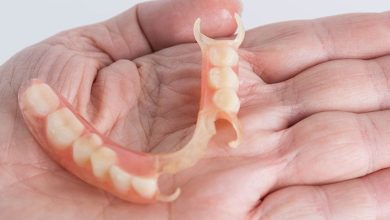

Dry socket is a painful complication that can happen after having a tooth pulled.
Table of Contents
Some people may be more likely to get dry socket after having a tooth pulled. That includes people who:
- smoke
- have poor oral hygiene
- have wisdom teeth pulled
- have greater-than-usual trauma during the tooth extraction surgery
- use birth control pills
- have a history of dry socket after having teeth pulled
Symptoms of Dry Socket
Instead of a dark blood clot, there will just be whitish bone.
The pain typically starts about 2 days after the tooth was pulled.
Over time it becomes more severe and can radiate to your ear.
Other symptoms of dry socket include bad breath and an unpleasant smell and taste in your mouth.
4 Home Remedies For Dry Socket
1. Watch What You Put in Your Mouth
If you develop a dry socket, it’s important to be conscious of what you put in your mouth while the area is healing. For example, the NIH advises against smoking or drinking alcohol during the healing period.
The Mayo Clinic recommends not drinking through a straw, as the pressure from the straw can dislodge the dressing placed in the socket by your dentist.
2. Use a Cold Compress
Another way to get relief from the discomfort caused by dry socket is to apply an ice pack to the area, as the NIH outlines.
When using a cold compress, apply it to the outside of the jaw rather than trying to hold it inside of your mouth. The Canadian Dental Association recommends applying a cold compress to the extraction area throughout the day, especially during the first 24 hours after the surgery.
Leave the compress in place for 10 minutes, and then take a 10-minute break and repeat.
3. Rinse With Salt Water
The NIH notes that rinsing your mouth with salt water after an extraction may help treat dry socket. But this technique may even help prevent dry socket in the first place.
A study published in Evidence-Based Dentistry found that patients who didn’t use a salt water rinse after an extraction were more likely to develop dry socket compared to those who did.
Rinsing twice a day may be all that’s needed to decrease your risk of dry socket.
4. Stay Hydrated
The Mayo Clinic recommends drinking plenty of clear fluids after tooth extraction to help a dry socket heal. Staying hydrated will help you avoid any side effects of pain medications, such as feelings of nausea.
You can drink plain water to stay hydrated or sip on clear broth.
For any important information please contact us Email GadgetsNg info@gadgetsng.com
[Button id="1"]



